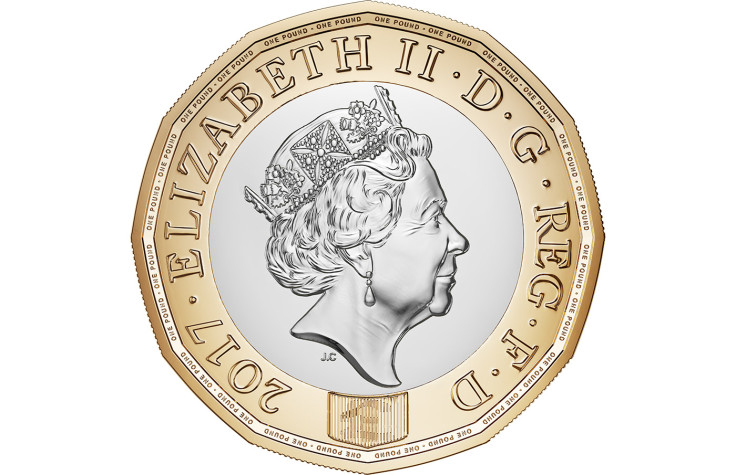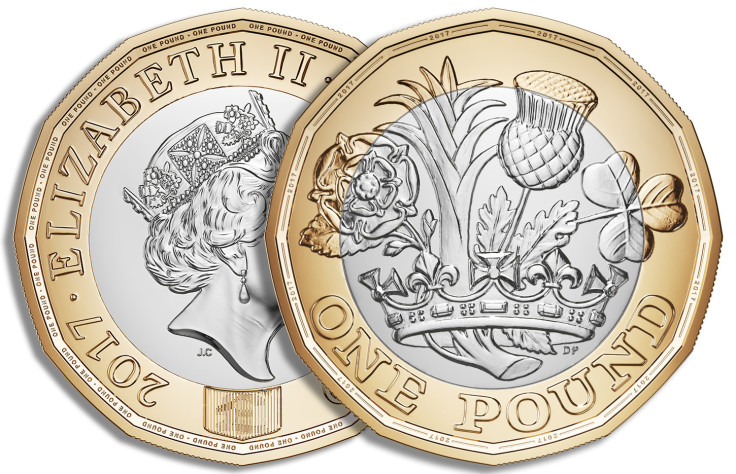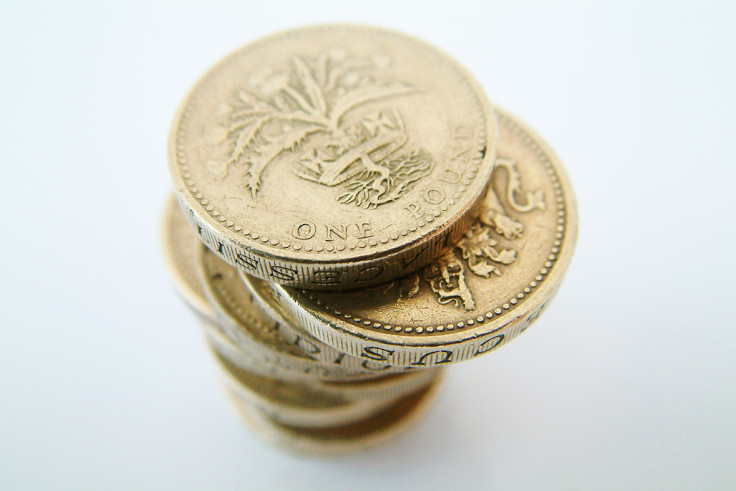When will the new £1 coin be released? Everything you need to know
The new £1 coin will launch on Tuesday and the current coin will cease to be legal tender on 15 October this year.
From next week, Britons will be be able to get their hands on a sparkling new £1 coin, which will replace the existing one. The new coin, which is fitted with a number of anti-counterfeit features, will bring with a number of changes, as vending machines, supermarket trolleys and self-service checkouts will all have to upgrade for the new tender.

When will the new £1 coin be introduced?
The Royal Mint will introduce the new £1 coin on Tuesday 28 March, 2017. It will replace the current "round pound", which was first introduced over three decades ago.
What is so special about the new coin?
Quite a lot, actually, as the Royal Mint described it as "the most secure circulating coin in the world".
The new coin comes with a number of anti-counterfeit features, such micro-lettering, a latent image and a secret security feature all of which, in theory at least, should put an end to forgery.
A survey undertaken in May 2015 found that the rate of counterfeit UK £1 coins in circulation was 2.55%. While the rate was lower than the 3.03% recorded a year earlier, it still meant approximately one in 50 £1 coins was phoney.
"We are delighted to have the opportunity to support Her Majesty's Treasury in modernising the iconic £1 coin and helping to re-define the world of coinage," said Royal Mint chief executive Adam Lawrence.

Will the new coin look the part?
Along with anti-forgery features, the new £1 comes with a whole new look. Away goes the small, rounded shape, in comes a distinctive 12-sided coin which, according to the Royal Mint, is instantly recognisable, even by touch.
The new coin, which has grooves on alternate sides, is made of two metals, with the gold-coloured outer ring made of nickel-brass and the silver-tinted inner ring made of nickel-plated alloy.
The latent image, like a hologram, changes from a £ symbol to the number ''1'' when the coin is seen from different angles.
What do I do with my old £1 coins?
The current coins, which replaced the old £1 note in 1983, will cease to be legal tender on 15 October this year. After that date, they will no longer be accepted in shops and by vending machines, although businesses and consumers will still be allowed to deposit old coins in post offices and most high street banks.
Additionally, from 28 March, it will be possible to bring the current coins to a local Post Office branch to have them exchanged them for the new editions.

What will the new £1 coin mean for businesses?
Given the new coin will have a completely different shape from the current ones, its introduction represents a sizeable headache from a practical point of view. Rail ticket vending machines, parking machines, vending machines, supermarket trolleys and self-service checkouts have all had to be upgraded.
According to the Automatic Vending Association, the changes will cost the industry approximately £100m. However, much more optimistically, the Royal Mint suggested the cost of the upgrade will be between £15m and £20m.
Tesco, however, has missed the deadline to convert its trolleys in time for the launch of the new coin and, as result, it will have to unlock every single one of them across its 2,500 stores for shoppers over the short-term.
© Copyright IBTimes 2025. All rights reserved.






















